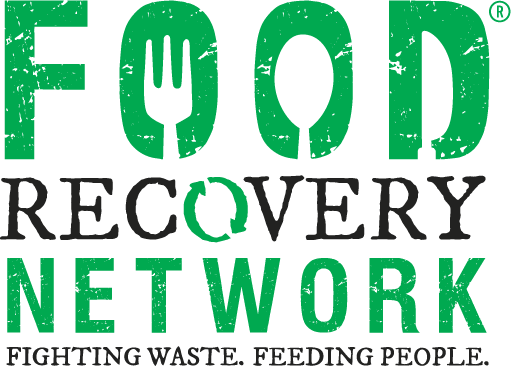Did you know? The number of farmers markets in the United States has been steadily increasing over the past 20 years, from 1,755 in 1994 to 8,284 in 2014. No matter where you live in the country, there’s probably a farmers market near you. And the farmers who attend these markets often have a huge quantity of produce left at the end of the day that they don’t have the capacity to donate or preserve until the next market. That’s where FRN and other food recovery programs come in.
According to a 2006 farmers market survey, only about 24 percent of farmers markets were involved in a gleaning program. Gleaning is the act of collecting excess fresh foods from farms, gardens, farmers markets, grocers, restaurants and other food-based institutions and businesses for distribution to those in need. These programs benefit everyone involved; the farmers are often happy to see the food that they put so much effort into growing going to feed people who need it; the gleaners develop new relationships and connections; and people at the food banks, pantries and other hunger-fighting agencies are excited to receive fresh, healthy produce for their clients.
A few of our chapters have started recovering from farmers markets and have been hugely successful. University of Southern California's FRN chapter recovers from the Hollywood Farmers Market through Food Forward and regularly gleans well over 1,000 pounds of produce per recovery! Working with Food Forward has allowed USC to build strong relationships with many of the vendors at the market and to donate to more organizations than they could if they were working on their own.
“Students love gleaning from the market — it's fun, they get to eat and shop at the market, and the results are immediate and shocking,” Janice, the USC chapter leader said. “One of the agencies is located right on the corner of the farmers market, and we deliver the boxes of produce ourselves. The residents are very appreciative, and they line up and eagerly select the produce for themselves.”
While working through a larger organization like Food Forward can simplify the recovery process and increase the amount of produce gleaned, other FRN chapters successfully run farmers market gleaning programs on their own. FRN at the University of Houston recently began recoveries from the Urban Harvest Farmers Market and gleans roughly 200 pounds of produce each weekend. Since getting the gleaning program off the ground, it’s been so successful that Second Servings of Houston, a Houston-based prepared food recovery organization, is going to maintain it over the summer!
The Susquehanna Community Food Action Team, Susquehanna University's FRN chapter, also established its own recovery program at a local farmers market and found it to be much easier than expected. One member of the team arrives at the end of the market and asks if any of the vendors would like to donate leftover food. Michelle, one of Susquehanna's chapter leaders, says that as long as the chapter representative describes where the food will be donated and expresses gratitude for their donations, “Most farmers have a solid sense of community and are more than happy to help those around them.”
These chapters are proof that starting a farmers market gleaning program can benefit everyone involved. Through partnerships with farmers markets, chapters can strengthen their community relationships, motivate their volunteers and, most importantly, provide high quality, nutritious food to the clients served by their partner agencies.
Interested in starting your own farmers market gleaning program?
Take a look at our FRN Guide to Gleaning and the USDA’s Let's Glean Toolkit, and find a local farmers market through the USDA's Farmers Market Directory.
Not ready to start your own program? Check out these organizations that have gleaning programs in place:
Society of St. Andrew (National)
AmpleHarvest.org (National)
Glean SLO in California (San Luis Obispo, CA)
Food Forward (Southern California)
Bread for the City: Glean for the City (Washington, D.C.)
Fresh Farm Markets (Washington, D.C., Maryland and Virginia)
After the Harvest (Kansas, Missouri)
Glean Indiana (Indiana)
Glean Milwaukee (Milwaukee, WI)







